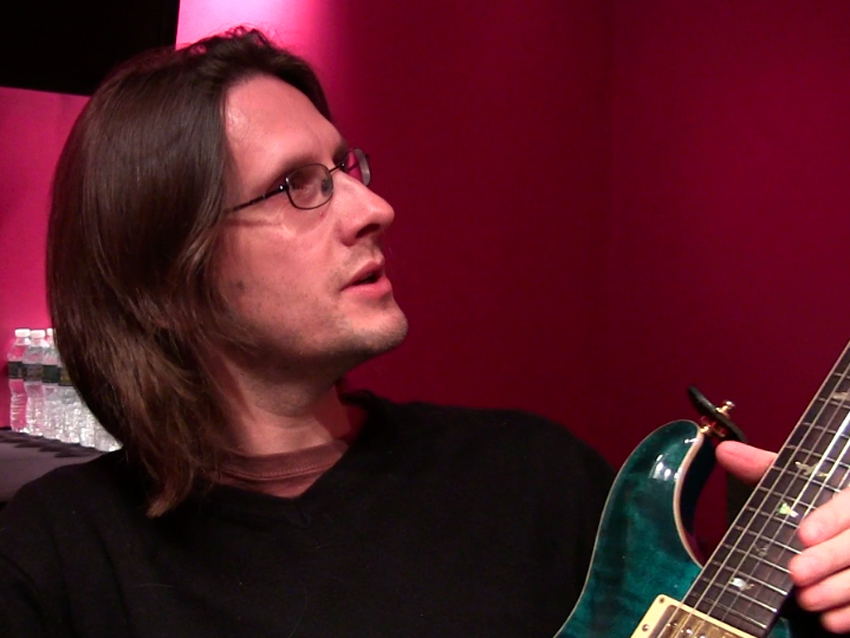
Steven Wilson discusses The Raven That Refused To Sing tour
An hour before soundcheck on a Friday afternoon, Steven Wilson sits in his dressing room at New York City's Best Buy Theater and waxes ecstatic about his live band. "They're absolutely remarkable," he says. "I sit on stage some nights just listening to them play. They give me such freedom. When I fell in love with being a musician, it was more about being an auteur or a director, someone with a vision. I’m finally at that place, 20 years into my career.”
Wilson gave himself a leg up preparing for this, his second solo excursion, in that the same band that performed live tracks in their entirety for his most recent album, The Raven That Refused To Sing (And Other Stories), is playing those songs on tour.
"Doing it that way has been a tremendous advantage," he notes. "Everybody came into the situation having already played the music, so there was no big learning curve. It's been really exciting seeing the material move forward."
Originally, drummer Marco Minnemann, who performed with bassist Nick Beggs, guitarist Guthrie Govan, keyboardist Adam Holzman and flutist/saxophonist Theo Travis on the European leg of the tour, was set to turn over his sticks to Chad Wackerman for the US run and segue into Joe Satriani rehearsals. However, after two dates, in Tampa and Atlanta, Wackerman received pressing news of a personal nature and had to return home.
"Marco is back with us for a little while," Wilson explains. "He isn’t starting with Satriani until the beginning of May, so he’s covering for just a bit. By the time we get to the West Coast, Chad will be back."
Wilson is performing the new disc in full, but he's breaking up the sequence with selections from his first two solo albums, 2008's Insurgentes and 2011's Grace For Drowning. "I didn't want to do the whole 'we're-gonna-play-you-the new album' thing," he says. "As a fan, one of the lovely things about going to a show is when you don’t know what’s coming next. I love the thrill of the surprise, so for this show, we do the whole album, but we break it up. It works better that way.”
On the following pages, Wilson discusses the songs from The Raven That Refused To Sing (And Other Stories) and offers his thoughts on how they're transitioning from the studio to a live context. And in the video below, he shows off and talks about his main stage guitar, his trusty Paul Reed Smith Custom 22.
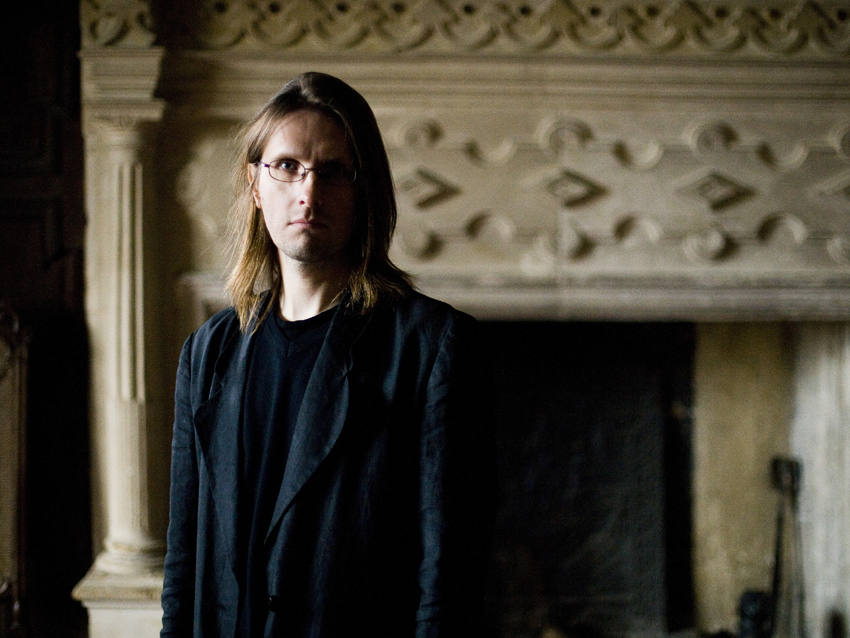
Luminol
“It was written for the live band, the one that Guthrie wasn’t a part of. Consequently, it’s quite pared down. A lot of the other pieces are very layered, but Luminol isn’t – it’s quite simple. There’s only ever five or six voices happening at one time. That’s nice, because it makes it very easy to play live. It’s lean and mean, but it does have a lot of dynamics to it. It moves through many different textures.
“It starts with this very aggressive bass, which is pretty interesting to me – I’ve never sat down and started to write a song on the bass guitar. To hear an album that opens with about 45 seconds or whatever of just bass and drums is pretty unusual. It’s real hammer and tongs; you’re on 11 from the moment it starts. That’s different for me – most things start very mellow, and then gradually you’re moving. But on Luminol I just wanted ‘bang!’
“However, it does go into a very mellow jazz song section, followed by a none-more-pompous Mellotron and a little piano cadenza. Finally, it kind of moves back, which I quite like; I’ve always enjoyed pieces where the themes return but in different contexts, with different gags and things. It’s all in there, and it’s a wonderful song to open the show with.”
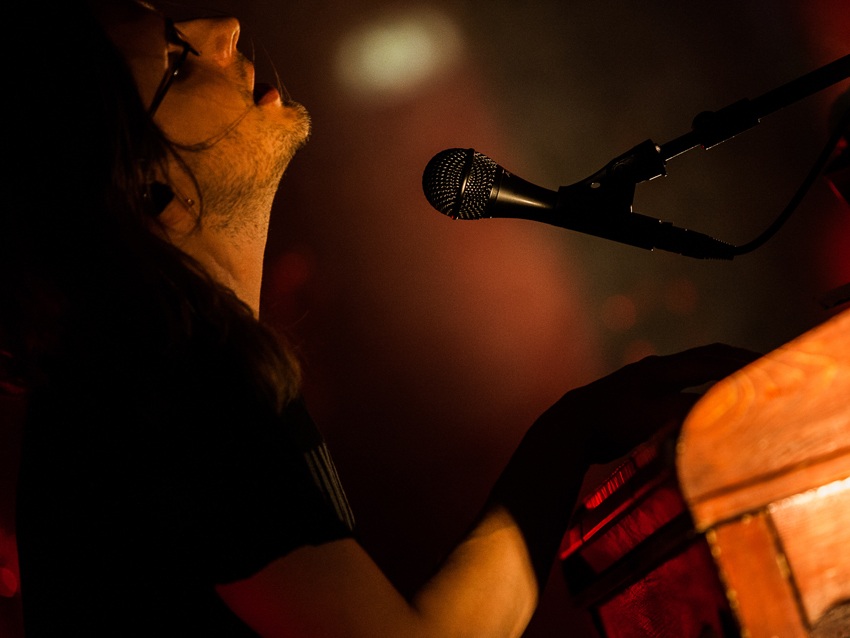
Drive Home
“It’s a little bit tougher, this one. Pieces like Drive Home and The Pin Drop rely more on dynamics and an element of control and release. There isn’t a lot of music there, just a couple of chord sequences, and so the pieces work in the way that the instruments are layered – and break down and are layered up again.
“Sometimes in a live context it’s difficult to control those things; the room always plays a big part in that the acoustics can make a mess of the sound. In that way, Drive Home can be difficult. The way I sang it in the studio was barely above a whisper, and you can’t do that on stage; you somehow have to project it more, which changes the balance and the feeling.
“I think it works. The secret weapon is Guthrie’s solo at the end – it’s always killer. Jaws the on the floor, the whole bit. And what’s amazing is that he never plays the same solo; every night it’s a complete reinvention, and it’s always sublime. For all intents and purposes, Guthrie is the guitar player in the band. He’s extraordinary. I’ve heard some people say he’s the greatest guitar player alive, and I’m not about to dispute that. I can’t get over the fast that he’s in my band.”
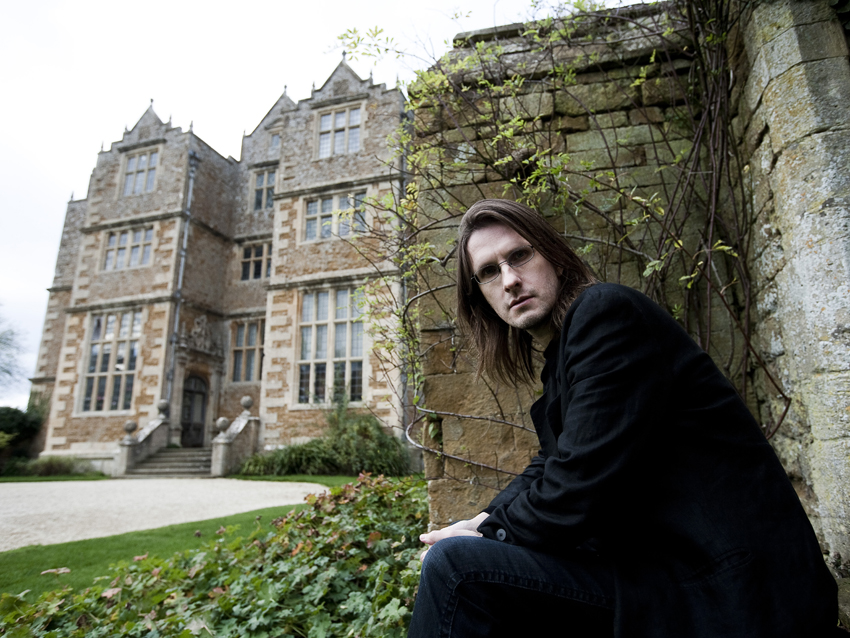
The Pin Drop
“Some nights this is fantastic; other nights it feels like a bit of a plod, because it is basically one chord pattern the whole way through. There’s a little variation, but it’s layers and layers, and then it breaks down, and it’s layers and layers and layers again.
“It’s one of those pieces that either lives or dies based on how those layers work on any given night, and it’s also up to the acoustics in the room. It’s a tough one to sing; I wrote it in a much higher register than I normally go into. But I like the challenge. I feel like I’ve had a bit of a workout at the end of the song. I’m singing right up there – it’s very physical.
“Superficially, it’s very simple, but it’s extremely complicated in terms of the arrangements. On the album version, the guitar figure goes through a complex structure of the Leslie cabinets going in and out; in a live setting, you’ve got to simplify everything, just a couple of guitar parts – much tougher than it sounds. You can’t rely on just the music because there isn’t a lot of music there.”
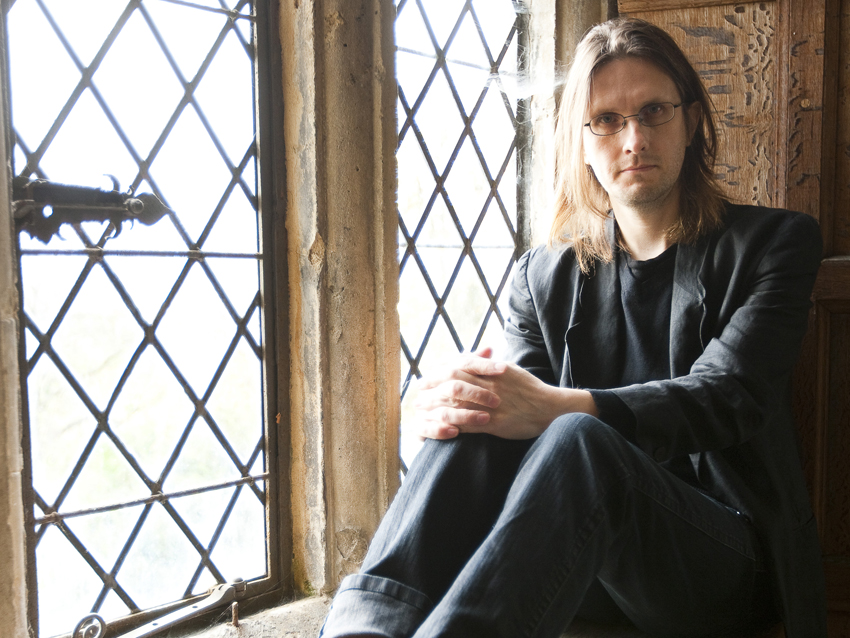
The Holy Drinker
“It’s quite angry. It’s a piece that always works live, because it’s one of the aforementioned songs where there’s enough going on, with lots of little twists and turns that always has people back on board.
“It tells a story, and it’s fun to play live because it’s in your face pretty much the whole way through. Again, it’s quite demanding vocally – I’m pushing myself quite hard. There’s some great, old-fashioned rockin’ riffs, which are always nice live.
“It’s interesting: the first two minutes are just a pure adrenaline rush. Structurally, it’s cool to put that right at the beginning, and then the speed gradually goes up and up. I actually built tempo changes into the songs. This is not something I would have done before because, you know, tempos have to be steady. But I wanted subtle, gradual changes, which gives you a sense of momentum, like you’re heading for a cliff. These tempo changes are both live and on record.
“Over the past few years I’ve been remixing classic albums, and the musicians that made those records never worked to click tracks. Bill Bruford’s timing is all over the place – speeding up, slowing down, what have you. I absolutely love that. Inherently, it gives you a feeling of excitement. It sounds great.”

The Watchmaker
“This is a great song to perform live. We do it from behind a transparent curtain, with film and an audio-visual sequence that kind of sets up the story. It’s really exciting.
“The song starts off very gentle, with me playing my Nashville-strung Ovation guitar, which gives it a real crystalline, almost mandolin quality. It’s a lot of fun to play that.”
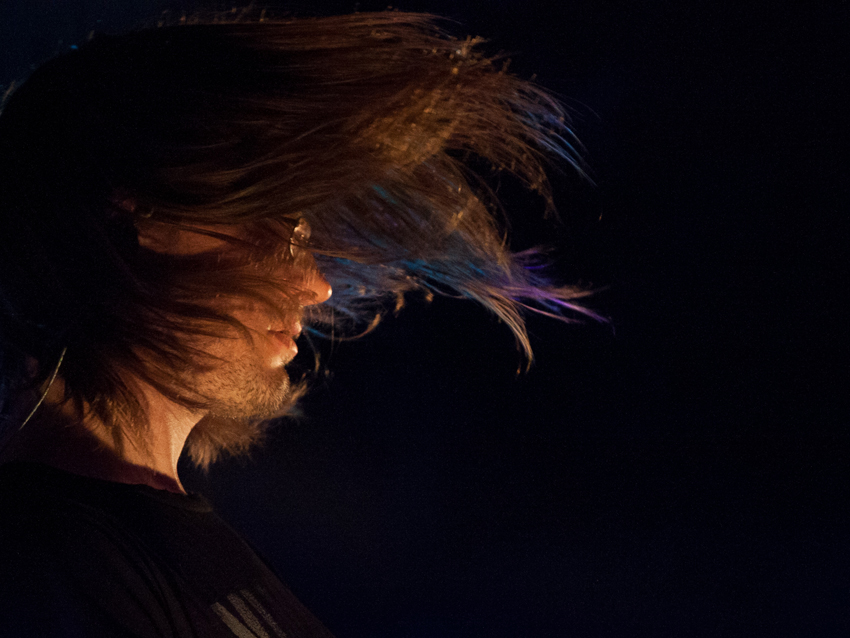
The Raven That Refused To Sing
“We do it very faithfully to the album version. The video for the song is projected, so we’re sort of in the shadows for the piece. It’s a simple one, so it’s all about the sentiment and how you make people believe what you’re singing and playing each night.
“I do my crooner thing on this. I sit down on a stool, and I don’t play an instrument – I’m just singing. It’s a very emotional piece, and again, you have to make people believe. I definitely get to a new place night after night.
“There’s so much pathos and melancholy in it, but it’s so beautiful and transcendent. It’s wonderful to give myself the opportunity to sing something in this way, because I don’t really consider myself a singer. But sometimes I think to myself, ‘Steve, you’re not so bad.’ It’s great to be able to touch people with a tune like this.”

Joe is a freelance journalist who has, over the past few decades, interviewed hundreds of guitarists for Guitar World, Guitar Player, MusicRadar and Classic Rock. He is also a former editor of Guitar World, contributing writer for Guitar Aficionado and VP of A&R for Island Records. He’s an enthusiastic guitarist, but he’s nowhere near the likes of the people he interviews. Surprisingly, his skills are more suited to the drums. If you need a drummer for your Beatles tribute band, look him up.
“Every note counts and fits perfectly”: Kirk Hammett names his best Metallica solo – and no, it’s not One or Master Of Puppets
“I can write anything... Just tell me what you want. You want death metal in C? Okay, here it is. A little country and western? Reggae, blues, whatever”: Yngwie Malmsteen on classical epiphanies, modern art and why he embraces the cliff edge
“Every note counts and fits perfectly”: Kirk Hammett names his best Metallica solo – and no, it’s not One or Master Of Puppets
“I can write anything... Just tell me what you want. You want death metal in C? Okay, here it is. A little country and western? Reggae, blues, whatever”: Yngwie Malmsteen on classical epiphanies, modern art and why he embraces the cliff edge









